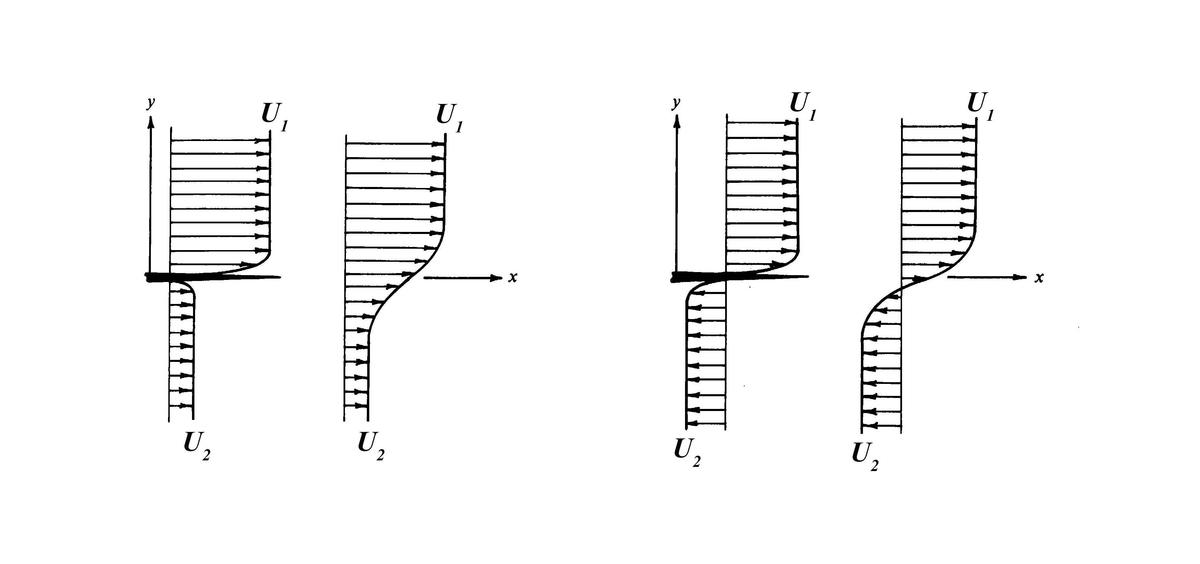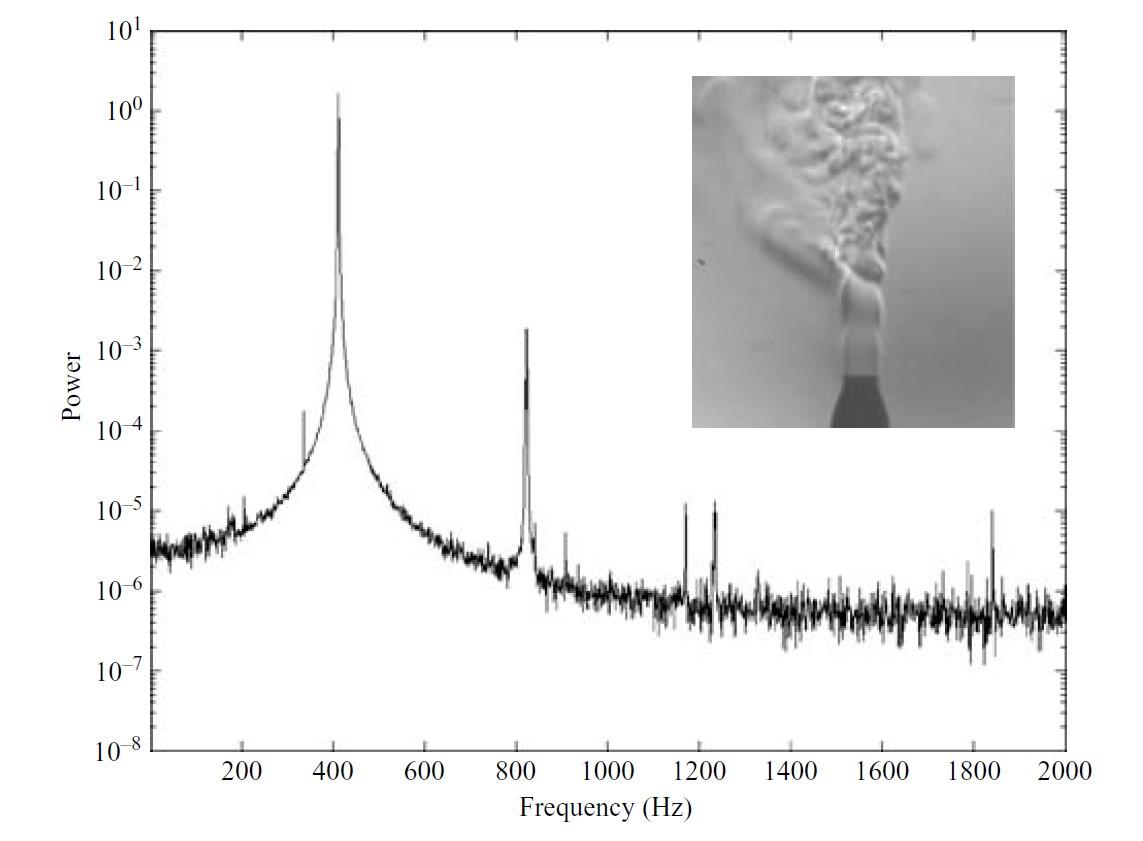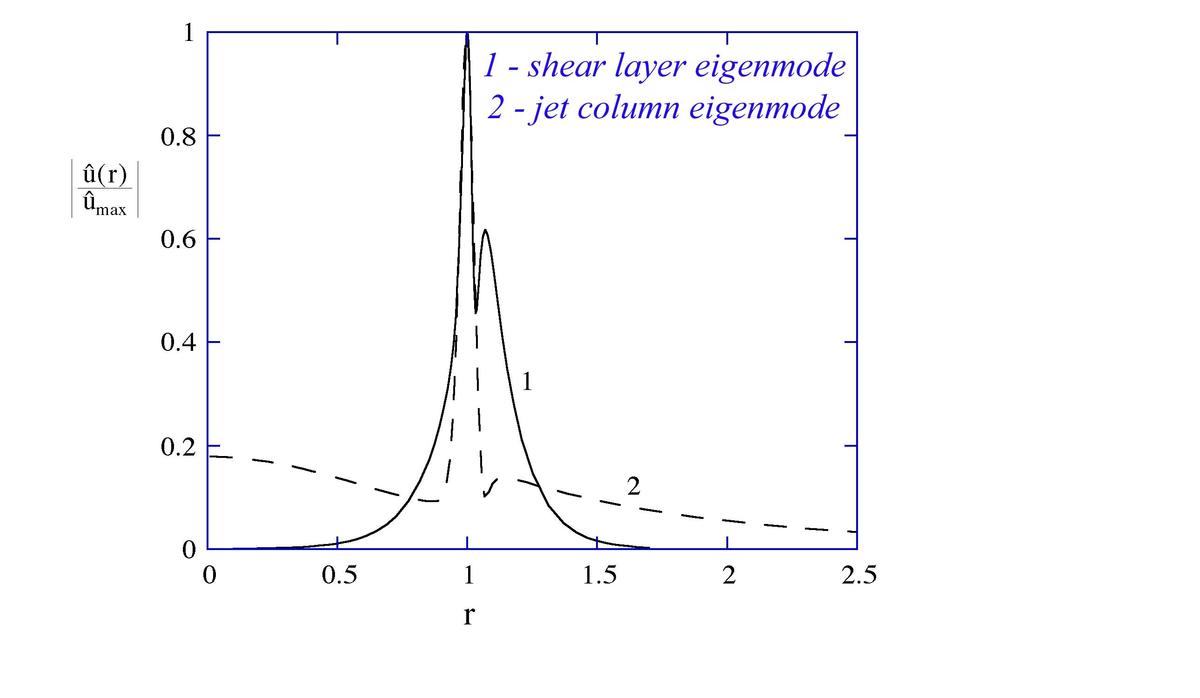Velocity Profiles

Our laboratory explores the theoretical and experimental aspects of free shear flows experiencing global instability. The theoretical connections between the global flow response in the laboratory is examined in the context of the spatio-temporal stability concepts of convective and absolute instability. Many recent efforts have explored the unique theoretical and practical aspects of countercurrent shear layers, and particularly in those situations where density gradients are inherent to the flow, including combustion and atomization.
Countercurrent shear was first systematically examined in the laboratory in the late 1980’s, following theoretical studies suggesting the potential for exceptionally high turbulent kinetic energy production associated with the unique absolute instability of the base flow field. The key feature of countercurrent shear can only be realized in practical applications if the mean velocity travels in opposite directions in the reference frame of the device itself. This unique mean velocity field creates very high turbulent stress, which together with the inherent mean stress is capable of atomizing at substantially lower air input and thereby air energy delivery requirements. Understanding the practical aspects of the countercurrent shear layer is the ultimate engineering goal of the research.

